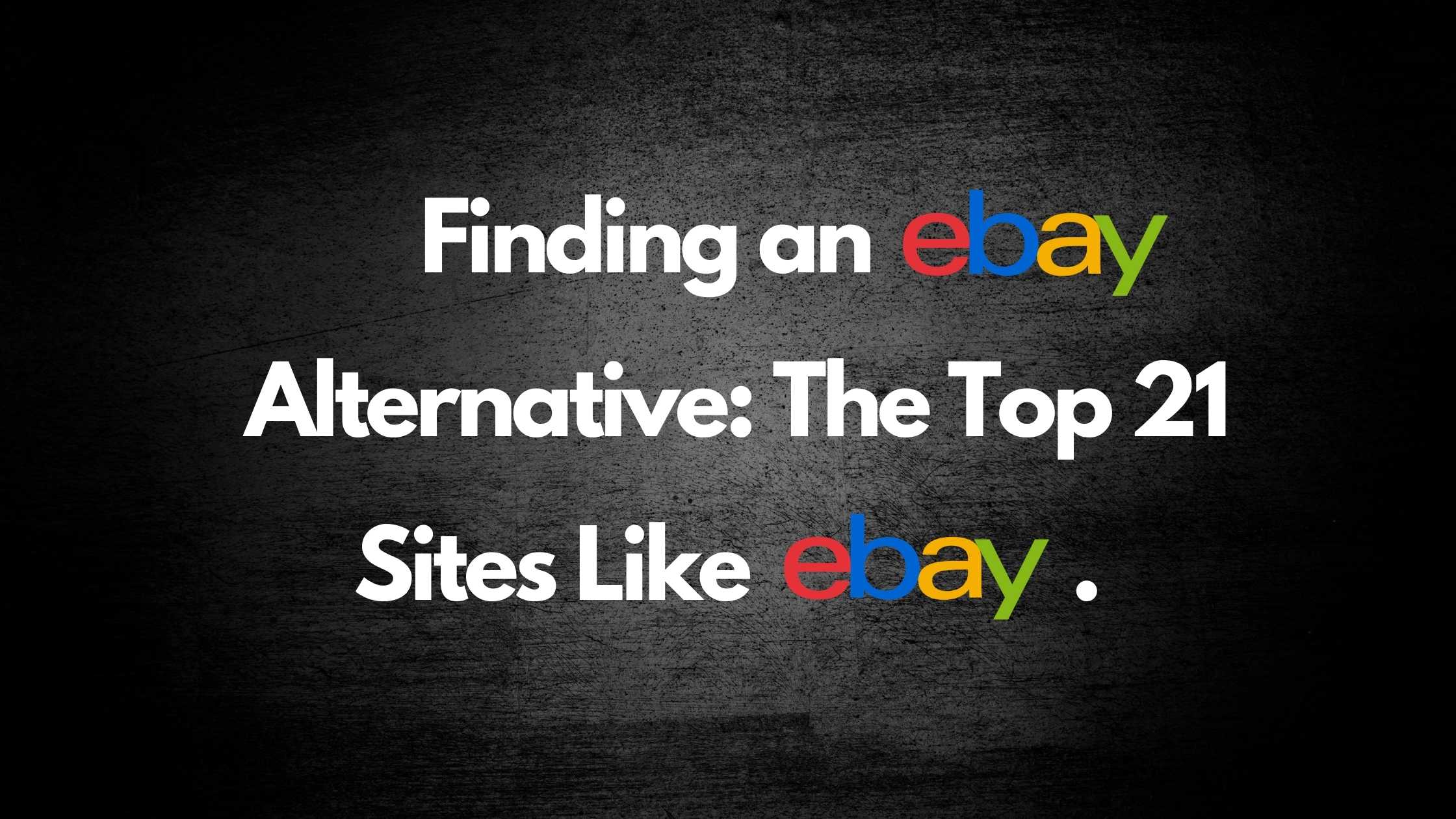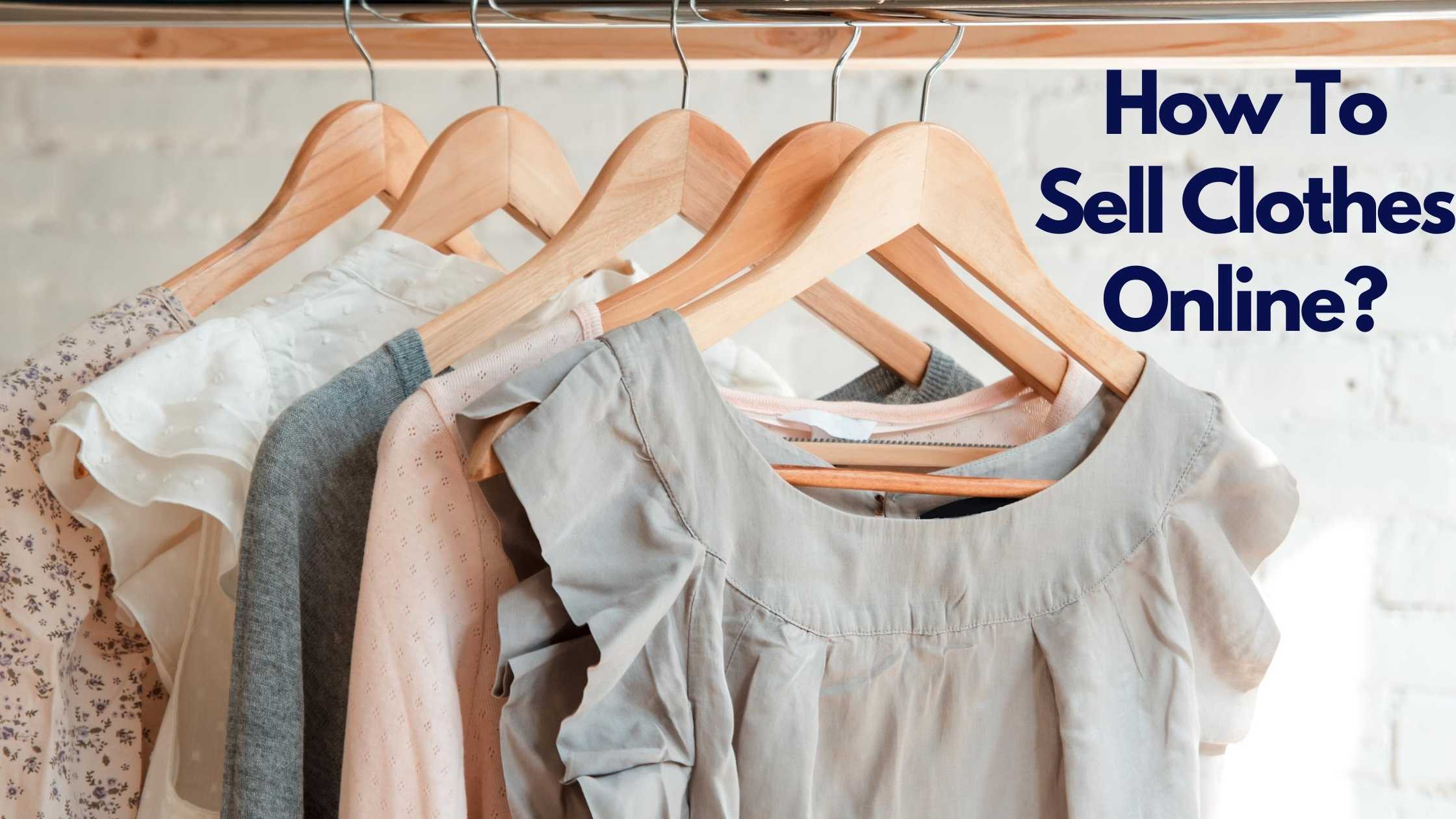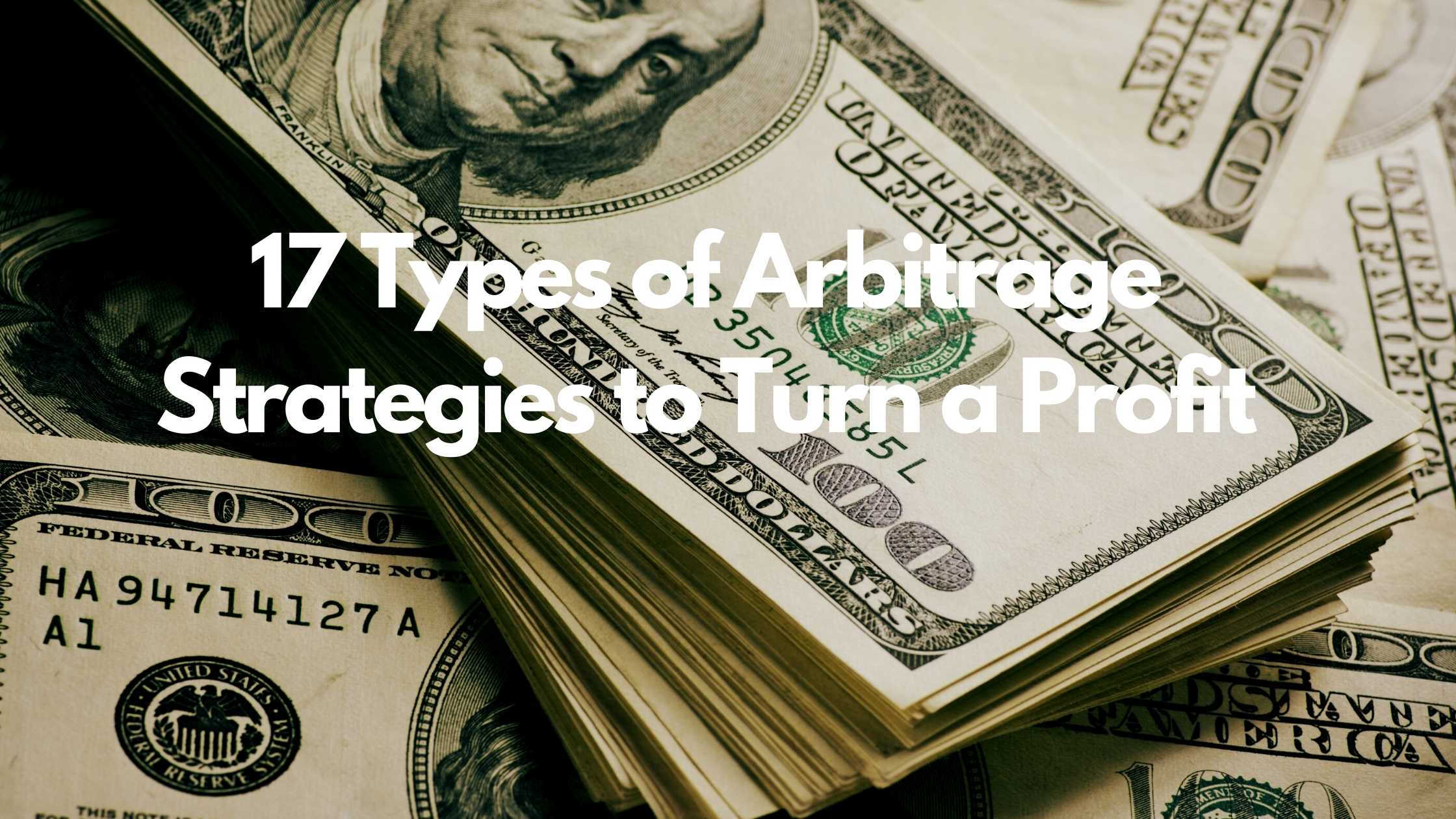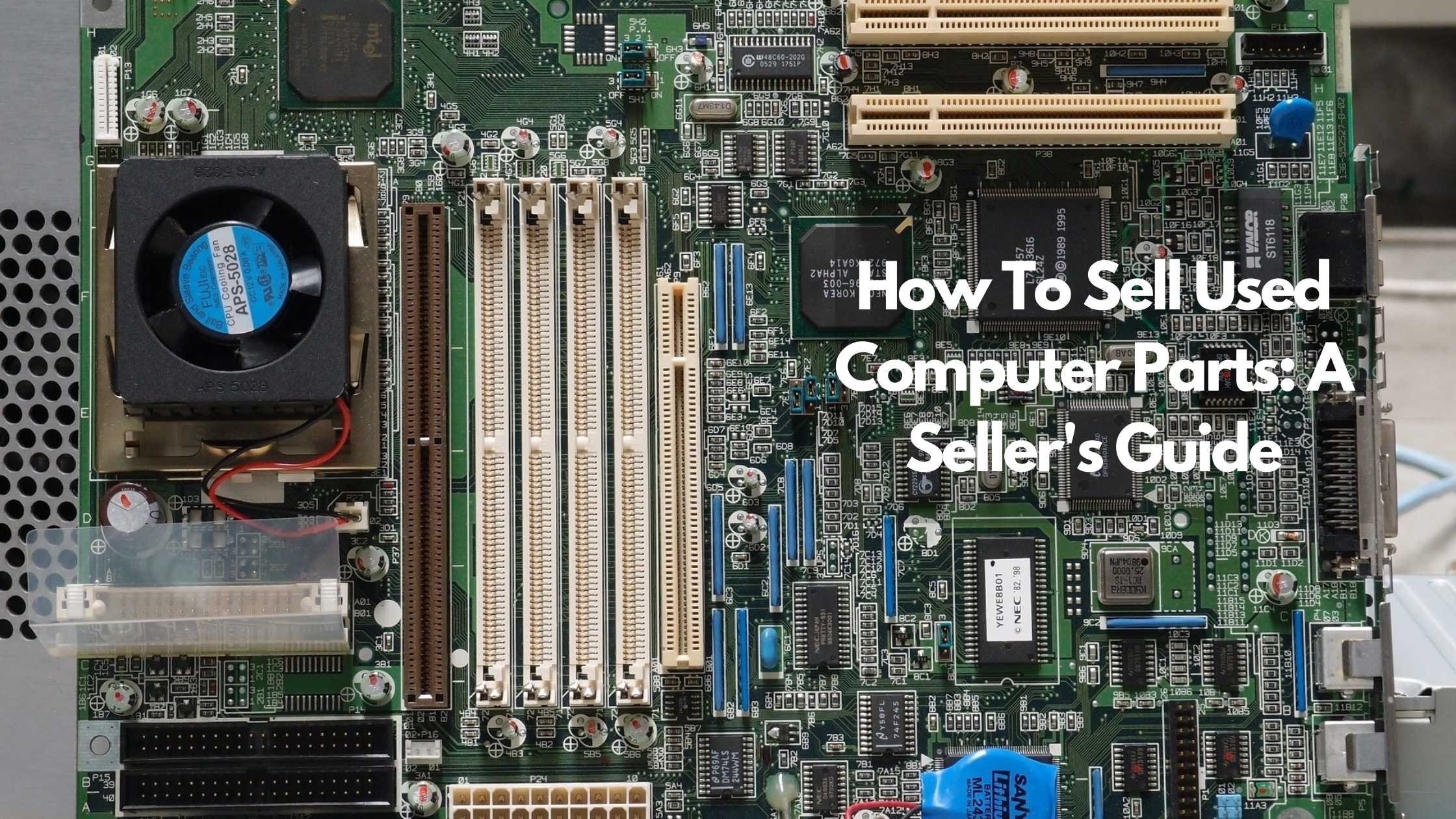
How to Sell Clothes Online

When I first got into selling stuff online, I thought it was so exciting. So, I experimented with different products. But, I came across clothes and thought they were a good option. I found out how to do it from top to bottom and put together this helpful article to explain how to sell clothes online.
So, how do you sell clothes online? You can sell clothes online by using an online marketplace, creating your website, or using social media. You should ideally start with one, so you don’t get overwhelmed. Then once you are good at that, you can try another platform.
There are pros and cons to each of the places where you can sell clothes online. So, below I will explain them and my best tips for being successful selling clothes online.
How do you sell clothes online?

An online marketplace
Online marketplaces are easy places to get started because you don’t need to worry so much initially about getting customers to your listings.
Online marketplaces have many millions of visitors each month. As a result, listings get many views. The more views they get, the more items they sell.
You can generate views to your listings in other ways. But, it takes a lot of work. That is why people choose to list products on an online marketplace.
The biggest online marketplaces are Amazon and Paypay Mall. But, they change places back and forth. The top 10 include*:
*List according to Webretailer.com.
Online marketplaces are large websites with many pages. Each page is dedicated to one of their products, and they have millions of products on their websites. The sheer size of online marketplaces is one of their benefits because people know that they have a good selection.
The other key benefits of online marketplaces are:
Selling clothes on an online marketplace advantages
They handle the payments
Online marketplaces process the payments using their payment processor. Customers can pay by credit card using Paypal, or another similar payment gateway.
This makes your job easier because you don’t have to set any of it up. If you are taking payments yourself you would have to set up the buttons and everything on your website. It is also a bit fiddly to get a payment gateway all set up.
With an online marketplace, you don’t have to do any of that. This saves you a day or two of setting it up, depending on your skill level. If you are in programming or web development, you will likely find this easy.
You could also be good with computers in which case this isn’t too much of an issue for you.
Built in credibility
People either consciously or subconsciously assume better things about your business when listed in an online marketplace.
This is because online marketplaces are household names, and people trust them completely. So, some of that credibility gets transferred onto you.
When a customer makes a purchase, they can leave feedback. This is all handled by the online website.
Ordinarily, you would have to request a testimonial from satisfied customers, which does take time. With an online marketplace, it all gets handled in the background without you having to do anything.
When customers leave positive feedback, it shows in your store, which means that new customers can view your rating and buy with confidence.
This builds trust with customers and leads to more sales. If you had your own website, you would rely on getting a written or video testimonial from them and then adding it to your website.
With social media, you would have to save the feedback as an image and keep them in a file. It’s more work when you do it that way as opposed to an online marketplace.
You show up in the recommended items
When you list your clothes on an online marketplace, your listings will show up in the related products for other items. This means that when people are trying to buy something, they can come across your items as well. This increases the number of sales you make because you are getting more views on your listings.
On most online marketplaces, they are below the listing you are looking at or on the sides. With an eye-catching image and description, you’d captivate more views towards your items.
When people see your listing in the recommended items, they can also view all of your items.
Support with customer issues
When you have a customer issue such as a refund request, or complaint, you can get help from the customer support team. This is helpful for a new person.
As a beginner, you can find it hard to do everything. Having a support team there over chat or email helps.
They also frequently have a Knowledge Base or FAQ, where you can get answers to questions and problems that can come up.
They are low cost
Most online marketplaces charge low fees in the range of 1%. The fees are commission-based that get paid automatically to the website when payment is received.
You do need to account for this in your business plan. But, it is so low that it’s a no brainer to list items on an online marketplace.
This website sheepbuy.com is an online marketplace where you can list items for free. You don’t have to pay any selling or hidden fees if your item sells or not. It is an easy to use platform. You should give it a try. Click here to go to the registration page.
It isn’t just at a low cost; it’s free.
You can buy and sell 24 hours a day, 7 days a week
Online marketplaces run every hour of every day. Meaning you can sell items around the clock. You don’t have to limit your sales volume because of opening hours.
This means more sales opportunities and greater flexibility in running your business. You can be traveling overseas, doing it part-time, or just for fun. You’d be able to log in throughout the day and take care of any questions, add new items, or view orders.
Selling clothes on an online marketplace disadvantages
Lack of control
There are a few risks when you have an online store on a platform that isn’t owned by you. The first is that they could close your store at any time. In this situation, your business can go away overnight. Secondly, they can poach your customers.
When they can see all the information on your users, they can potentially use this information to gain a competitive advantage. Although there are many regulations around this, it doesn’t mean it can’t happen.
Can’t customize orders
Many businesses make additional profits by identifying opportunities to help their customers out, and as a result, sell them more products. Customers are not always clear about what they want to buy and why.
With a few targeted questions, a salesperson can recommend the best solution for them. When you use an online marketplace, you don’t have this ability.
This means you won’t make as much money. However, this is balanced out with the fact that you don’t have to physically be in the store or pay people to man a shop.
Competition can come along easily
When there is a successful product or store in an online marketplace, people will attempt to copy it. This is because it looks like an easy way to be successful.
When they do this, it will be evident to customers that they have copied another store. However, they will eventually buy from them.
This means you have to be on the lookout for competitors. If sales drop, you might want to find out what caused it. It could be that a competitor came along and is now offering the same item at a lower price than you are.

Using social media to sell clothes online
You can sell clothes on social media websites like Youtube.com, Instagram.com, and Facebook. You may have noticed Youtube added the ability to list t-shirts below the video description. This means you can create videos and simply add links to your items.
You can also talk about the clothes you have for sale in your videos. If you get on to some good keywords, your videos can get a lot of views. It pays to do some research or take a course on how to make a successful youtube channel.
Selling on social media advantages
Low cost
Selling on social media is free. You just need to create the content. Most people can record videos fairly quickly once they get used to it, and posting your clothes on Facebook takes no time at all.
The main thing is to build up an audience. When you have a broad audience, you will make more sales when you promote your products. It is a numbers game.
A general rule is not to do promotional posts too often. Try to keep a ratio of one post promoting something to three posts that bring some value to your audience.
Video posts that bring value could be making them laugh, teaching them something new, or telling an interesting story.
Lots of trust
Facebook profiles have lots of personal information on them. The general culture on Facebook is family-friendly and socially oriented.
When people know some essential information about you, such as where you live or what you do, they trust you a lot more. You aren’t some anonymous cold person.
They can also see recent pictures of you hanging out with friends or your hobbies. This cements what type of person you are and builds trust in doing business with you.
Easy to reach people
Once you have a good-sized following, getting in touch with them is easy. When you make a post, it goes into your followers and friends newsfeed.
So, it doesn’t take that long to get in touch with your audience. Its relatively fast just post and your followers & friends see what you are doing.
Selling on social media disadvantages
Lots of competition
People are on social media all the time. Almost 24 hours. When they have the apps installed on their phone with notifications enabled, they are practically instantly checking out new content. But, because they are on so much, they also post a lot.
That means that newsfeeds are always being pumped full of posts, and the time that your posts are visible to your audience is very low. You can always post a lot more content or choose a different approach.
Even if you don’t use Facebook to sell your items, it is still a good idea to optimize your profile. When potential customers research you, positive and professional things come up.
Mixes business with friends
Some people prefer not to promote things to their friends and family and only use Facebook to socialize. This can be a drawback of selling products on Facebook. Some people choose not to use it for business at all for this reason.
If you have a Youtube channel that gets many subscribers, people will recognize you when you go out in public. This is not for everyone, as people like their privacy. It can be a bit annoying if you are recognized everywhere you go.
Similar to having an account on an online marketplace. A Youtube channel and Facebook profile can close if you forget your password or violate their service terms.
This means that you will lose all the work that you have done to build up a relationship with your audience. Not all is lost, but it will be a significant step backward.
There are ways to capture your customers permanently by getting their email in some way. You can then store their email in a file somewhere.
Suppose your Youtube channel, Facebook profile, or online marketplace gets shut down. In that case, you can email your customers and let them know where they can continue their relationship with you.
Your brand can get tarnished easily
There are many trolls and negative people on social media platforms that can hurt you. Suppose one of them has an episode and decides to take it out on your business, that tarnishes your reputation.

Using your own website to sell clothes online
You can set up your website or edit your existing one to include listings for your clothes. Setting up your website can be quite an undertaking. Depending on how your website was created, it can also be a complicated process to list your clothes.
As a general recommendation, you want to have a website dedicated to your listings, rather than having a website unrelated to selling clothes and adding pages.
This makes what you are selling clear and easy to understand. When your customers have many options, they will often get overwhelmed and end up choosing nothing. This is a topic known as consumer confusion.
There are a few options for having a website made. These are:
- Building it yourself using a web-builder.
- Getting it designed and built by a web developer.
- Learning web design and development and then building it yourself.
There are pros and cons to each. So, I will explain them below.
Building it yourself using a web-builder
The advantage of building a website yourself using a web-builder is that:
- It is quicker than the other options.
- It is low cost.
The disadvantages are:
- You will have to learn how to use it.
- You can’t edit everything you want, and it won’t be perfect.
Summary of building it yourself using a web-builder
It is a good option if you don’t have time to learn how to do web design and programming, and you don’t want to spend thousands to get a website made by a professional. Overall, it works well and will do the job.
Getting a new website built and designed by a web developer
The advantage of building a website yourself using a web developer is that:
- You don’t have to do much. They do everything for you.
- You don’t have to learn web design and programming.
- It is professionally designed and coded.
The disadvantages are:
- It can be expensive. At least US$500. If you get it done by an agency or a very experienced developer, it can cost US$2,000 or more.
- It can be confusing and frustrating when you don’t know how it works.
- If you want to edit anything, you will have to ask the developer to show you how to do it. Or pay them to do it. If you ask them, they can usually include updates. They will either charge you for each or charge you a monthly retainer.
Some examples of ways to get a web developer to create your website:
- Contacting a digital marketing company.
- Hiring someone from a freelance website such as Upwork.com
- Getting a referral.
Adding the products to your existing website
The advantage of adding products to your existing website are:
- You don’t have to create a whole new website.
- You can sell them to existing customers that come to your website. You don’t have to build up an audience.
- Fairly easy and fast.
The disadvantages are:
- Appears a bit clunky. When you have an existing website, it will have a certain brand and messaging. Adding additional pages can appear incongruent with your overall brand and looks like you are just doing it to make money.
- You will have to learn how to do it or pay someone to add the listings for you.
- It is generally not very effective.
Some examples of ways to add pages to your existing website:
- Contacting a digital marketing company.
- Hiring someone from a freelance website such as Upwork.com
- Getting a referral.

How can I sell my clothes successfully?
To be successful online, you need to ensure you are getting enough people to your listings. The more people that go to your listings, the more sales you will make. So, the main thing you want to do is increase how many people go to your website.
You can do this with marketing. Marketing is using methods to attract people to look at your listings, and there are many ways to do it.
You generally don’t make much per sale when selling clothing. This means that some marketing methods are better suited to selling your clothes than others.
Here is a list of 14 ways to get more people to your listings, and make more sales*:
- List your business on online directories.
- Go to in person networking events
- Speak at events
- Contribute to forums, and discussion boards.
- Go to industry events
- Befriend people with large audiences (influencers)
- Direct email
- Direct mail
- Cold calling
- Publish lots of content
- Do an online contest
- Give away something for free, in exchange for an email address
- Create business cards
- Create and distribute podcasts
*modified from Entrepreneur.com
You need to market consistently. There is never a time when you need to stop marketing when selling your products online.
But, you will need to do less marketing if you are selling on an online marketplace. Because they already have many people that go to their website every day.
You can also do some research into writing effective listings. A good idea is to look at listings that are successful, and then break down the structure of their listing.
Social proof is a key selling factor. It is where new customers can see testimonials or other information that indicates that your store is successful and that people are happy with the products.
There are many good books on how to sell effectively. Iconic examples are books like Robert Cialdini’s Influence and books by famous copywriters such as Robert (Bob) Bly, and Claude Hopkins.
Learn how much to price used clothes for.
Which is the best site to sell clothes?
There is no one website that is superior to others. None will guarantee your clothes will sell. Most people opt to go for websites with lots of visitors, such as online marketplaces.
When starting, it is a good idea to create a more specific product. For example, if you sell plus size shirts for older men. It will do better than selling generalized t-shirts. This is because it targets a specific group of people.
When you do that, it lessens the number of businesses you are competing with. When you have a specific target group of people who are alike in demographic factors, it gives you more of an edge. Selling your clothes and getting your first testimonials is the most challenging part of running a successful business. So targeting a specific market gives you an advantage.
Once your business is consistently making sales, you can open up what types of clothes you sell, and experiment with different products.
Going for the best website puts you in competition with almost everyone else. Therefore, you should look for the best website for your unique circumstances.
To choose the best website to sell clothes on ask the following questions:
- What is the competition like?
- Are there other people selling the same thing as me?
- Do I want to sell on someone else’s website (like Sheepbuy.com), or do I want to sell clothes on my own website?
- What is my marketing plan?
- How will I get new customers to my listings?
- What are my business goals?
- How many sales would I be happy with?
- What is my monthly revenue goal?
Learn how to sell baby clothes.
Conclusion
To sell clothes online, you need to put up listings of your products. You can list them on online marketplaces, or your website. When it comes to putting them on your website, you can either create a whole new website or list them on your existing website.
To be successful in selling clothes online, you need to market your listings consistently. The best website to sell clothes on depends on your unique circumstances, and what your goals are.
Recommended Blog Posts:
Sources
- Amazon.com: Homepage
- Paypaymall.com: Homepage
- Ebay.com: Homepage
- MercadoLibre.com: Homepage
- AliExpress.com: Homepage
- Rakuten.com: Homepage
- Taobao.com: Homepage
- Walmart.com: Homepage
- JD.com: Homepage
- Etsy.com: Homepage
- Webretailer.com: The World’s Top Online Marketplaces 2020
- Entrepreneur.com: No Money? No Problem. 30 Low Budget Marketing Ideas for Your Business
- Wikipedia.org: Consumer confusion
- Facebook.com: Homepage
- Youtube.com: Homepage
- Wikipedia.org: Payment gateway
TRENDING


Online Arbitrage for Beginners (Step-by-Step Guide)

17 Types of Arbitrage Strategies to Turn a Profit

Is Retail Arbitrage Legal?

How to Turn Textbook Arbitrage into a Business for Profit

How Can You Tell if a Book is a First Edition?

What to Do With Your Jigsaw Puzzle When Finished?


